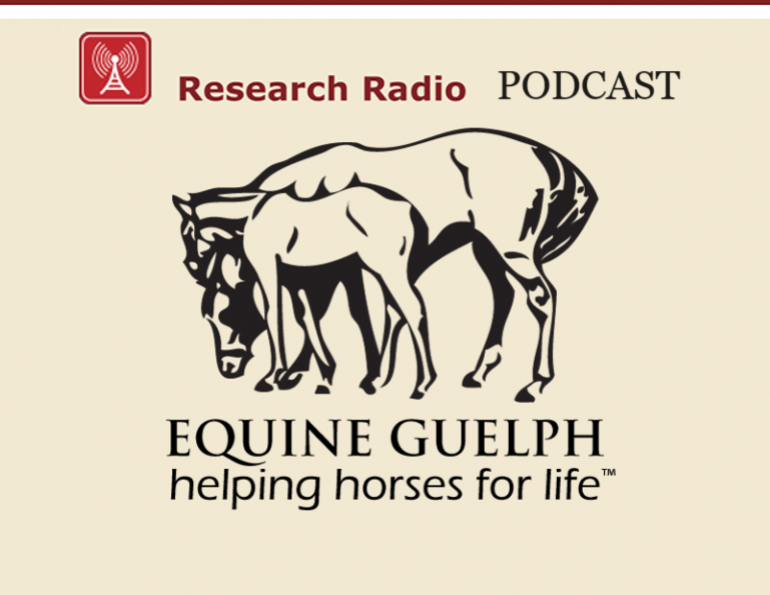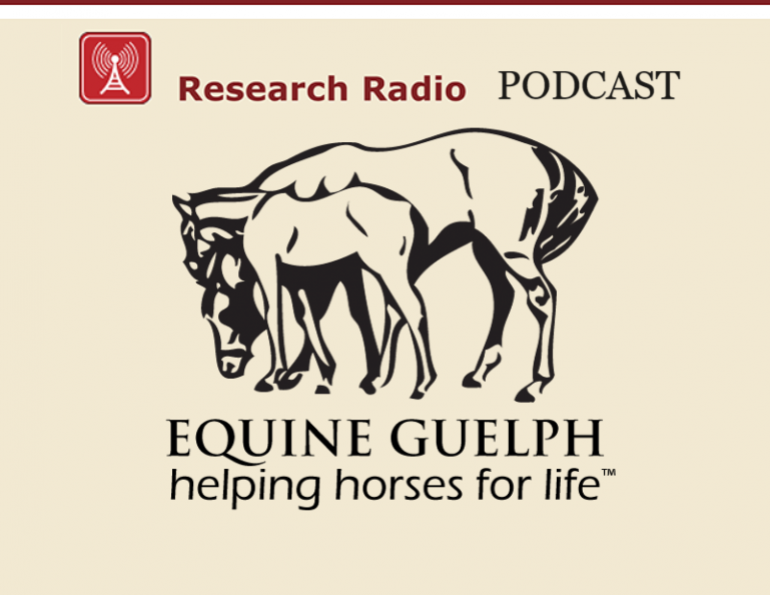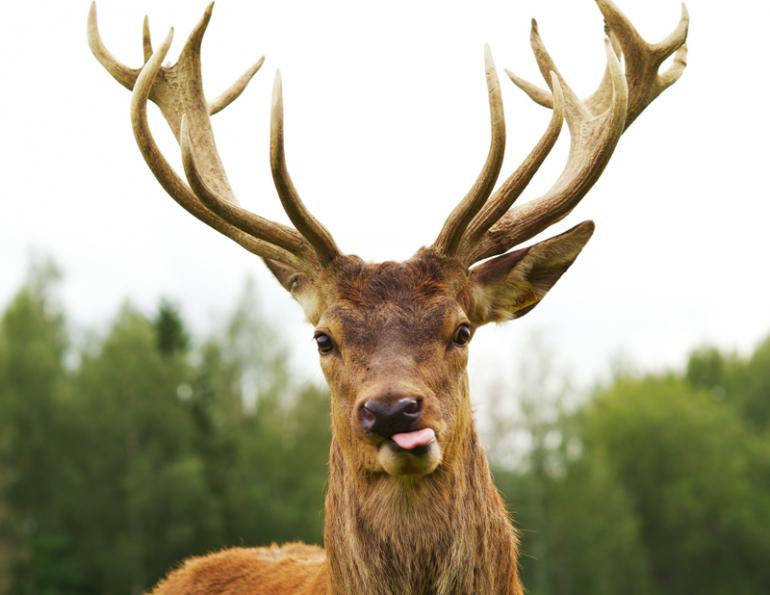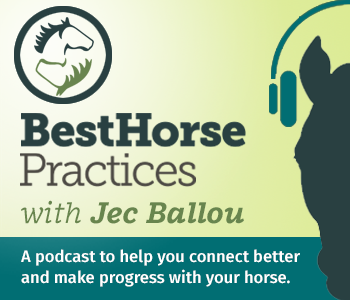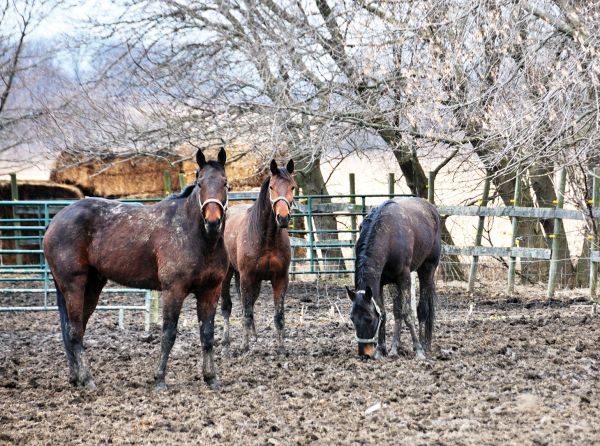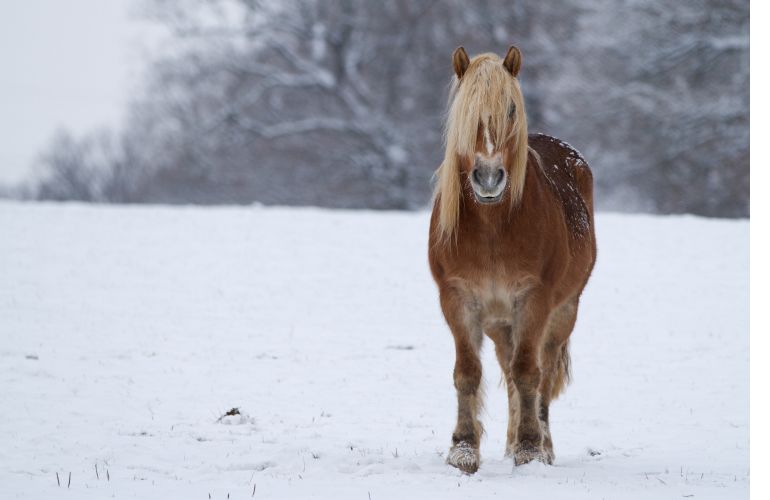Rein Contact That Supports the Horse
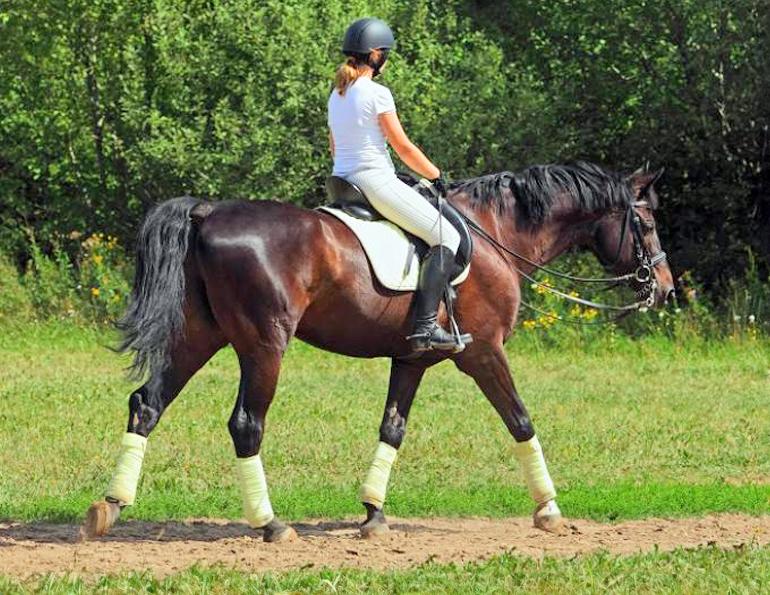
By Jec A. Ballou
As a firm believer in incorporating trail work into every dressage horse’s routine, I developed a simple but effective guideline years ago: horses should either be on the buckle or on the bit. Whether navigating a forest path or working in the arena, the goal is clear—your horse should either be fully relaxed on a loose rein or actively engaged in a connected frame.
The trouble starts in the grey area between those two distinct states. When a horse is neither stretching in relaxation nor properly engaged through the topline, physical strain sets in. If the rider maintains an inconsistent or vague contact—what I call “kinda-sorta contact”—the horse bears the consequences. This murky rein connection doesn’t allow the horse to activate key muscles for healthy movement, nor does it give him the freedom to truly relax.
Instead, the horse begins compensating. He may start to rely on the unclear rein contact for balance, using it as a sort of fifth leg. Without the guidance of a supportive seat and the cues needed to lift his spine and tone the muscles surrouding it, the horse drops forward, colliding with that unclear contact. This often leads to bracing through the lower neck, and reduced flexibility in the jaw and poll. Soon, that stiffness spreads throughout the body, resulting in overall tension, a hardened mouth, and frequently a hollow back.
Clear intent in rein use—either total release or purposeful contact—supports both physical well-being and correct biomechanics. Anything in between does more harm than good.
Am I saying, then, that horses should go down the trail in a dressage frame? I do want to clarify that, yes, by all means they can spend time traveling in this posture over the course of a trail ride. Obviously, you are not going to go out and ride for 10 or 50 miles this way. But remember, if you’re not asking the horse to be on-the-bit, then you’re asking him what? To be on-the-buckle! And this is a great way to spend many hours on the trail.
For me, riding on-the-buckle is defined as offering the horse a long and loose rein to stretch his neck out and down toward the ground. Think of a cowboy/cowgirl moseying along across an open prairie with reins drooping. The horse should be fully relaxed with his ribcage gently swinging from side to side as he walks. His head should be at or below the level of his chest.
For a horse to use his body productively when ridden, it is best for him to always be in one of these two states — on-the-bit or on-the-buckle. The best approach to your ride is to spend time in both of these states. Whether you are on the trail or in the arena, spend several moments riding on-the-bit, and then ride for a period on-the-buckle. Continue alternating like this and you will do right by your horse. Just avoid getting stuck in that vague middle ground.
Related: The Benefits of Cantering Your Horse
Main photo: Shutterstock/Horsemen



